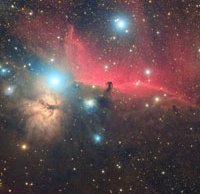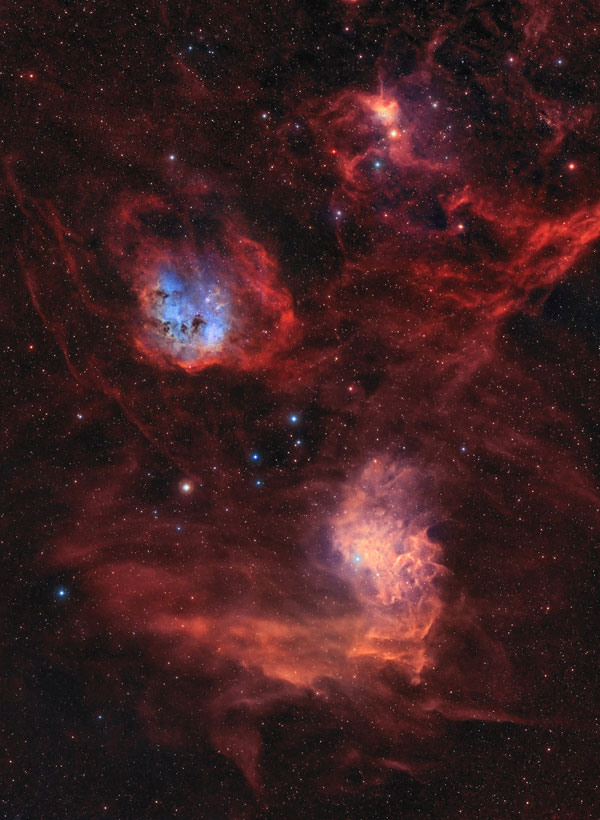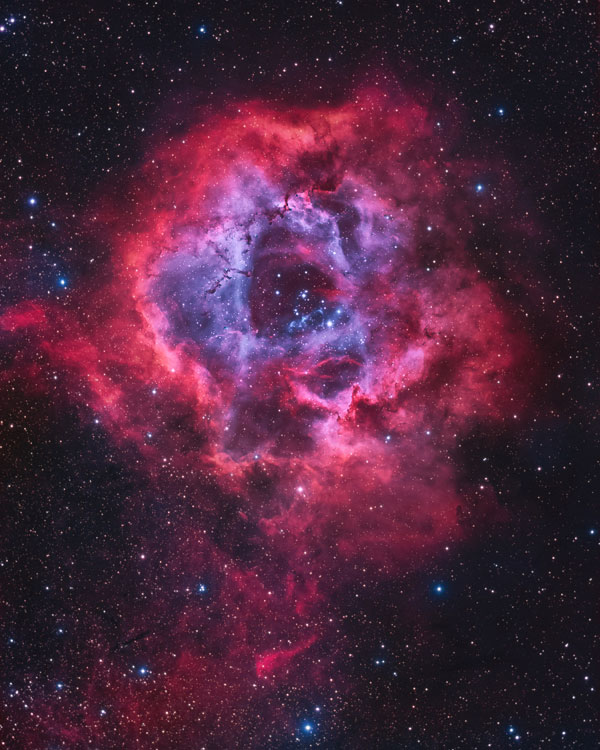Getting started with deep space astrophotography: The gear & techniques you need
posted Friday, February 22, 2019 at 5:45 PM EDT

I've always been drawn to night sky photography, in large part because of the inherent challenge of the genre. There are many technical issues to overcome and it can feel like photographic problem solving. When the hard work and perseverance pays off, it feels amazing and you can be rewarded with beautiful images. Deep space photography is particularly challenging and it can feel very daunting to get started. Astrophotographer Bray Falls is here to help with an excellent guide, "Getting Started in Deep Space Astrophotography," which has just been published at Lensrentals.
If you've ever tried wide-angle night sky photography, you'll likely have found that it's not easy to deal with the rotation of the Earth. After all, near the equator the Earth is rotating at close to 1,000 miles per hour. As soon as you attach a longer lens, which is necessary for deep space photography, the problem is even more challenging to overcome. This is where a star tracker comes in. A star tracker is an indispensable tool for capturing sharp images of deep space because it measures and counteracts the rotation of the earth. For example, you mount your camera and lens on a star tracker, you calibrate the device and as you are exposing an image, which could take up to five minutes, the device moves at the same rate of the earth to cancel out the apparent movement of the stars.

If you are using a heavy lens, such as the Sigma 150-600mm lens which Falls has in his kit, you will need a sturdy tripod as well. As he says, "Tracking the stars accurately is the bedrock of most good space images." Speaking of lenses, what makes a good deep space photography lens? There's no perfect focal length because not every type of astrophotography image has the same requirements. You also need to consider what your selected star tracker can handle, because not every star tracker is equipped to work with a 600mm focal length. As far as optical aberrations are concerned, you are likely used to considering issues such as chromatic aberration when shooting other types of photography. You want to avoid the color fringing and issues like that, right? With astrophotography, chromatic aberration is but one problem, you also must consider astigmatism, spherical aberration and other issues which ultimately lead to the stars in your image not looking like points of light, but rather like unusual shapes or blobs. You may very well already own a good lens for deep space photography, but if you don't, be sure to research prospective lenses in the context of night sky photography. Regarding your camera choice, this is not a very important part of the overall equation. If your camera captures raw images and is easy to use, it's a good choice. Ease of use does depend on compability with good remote software, however, which you can learn more about in Falls' article.

When you have a star tracker, a sturdy tripod and a suitable camera/lens combination, the next step is finding the best place to capture night sky photographs. The darker the sky, the better the results will be. This means not only avoiding bright moonlit nights, but also avoiding areas with significant light pollution, which is made much easier with this resource. The next step is finding where to point your camera in the sky. For more information on this and much more, including the best ways to optimize your image quality, head over to Lensrentals. To see more of Bray Falls' work, follow him on Instagram. Happy shooting, stargazers!
(Via Lensrentals)